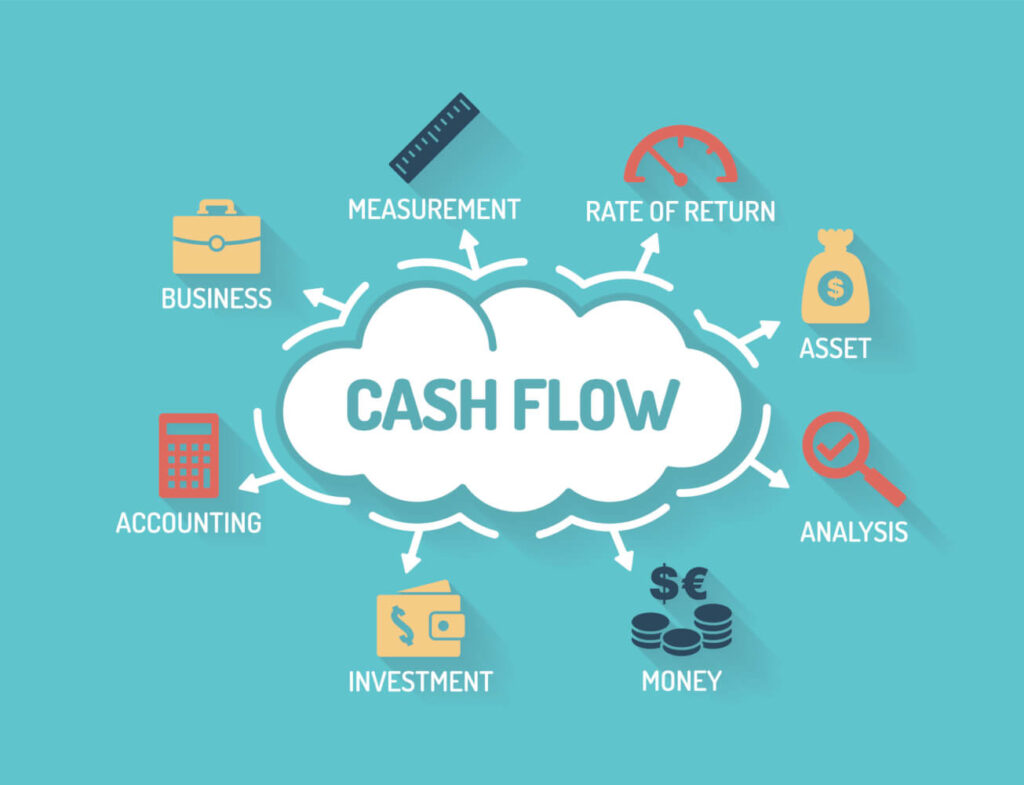
What Is Cash Management?
The term cash management refers to the process of collecting and managing cash flows. Cash management can be important for both individuals and companies. It is a key component of a company’s financial stability in business. Cash is also essential for people’s financial stability while also usually considered as part of a total wealth portfolio. Individuals and businesses have different options to help them with their cash management needs, including banks to hold their cash assets. Cash management solutions are also available for anyone who wants the best return on cash assets or the most efficient use of cash comprehensively.
- Cash management is the process of managing cash inflows and outflows.
- There are many cash management considerations and solutions available in the financial marketplace for both individuals and businesses.
- Individuals can use options like banks and financial institutions for their cash management needs.
- For businesses, the cash flow statement is a central component of cash flow management.
- The cash flow statement is a central component of corporate cash flow management.
How Cash Management Works
Cash is among the primary assets that individuals and companies use to pay their obligations and invest. Managing cash is what entities do on a day-to-day basis to take care of the inflows and outflows of their money. Proper cash management can improve an entity’s financial situation and liquidity problems.
For individuals, maintaining cash balances while also earning a return on idle cash is usually a top concern. In business, companies have cash inflows and outflows that must be prudently managed in order to:
- Meet payment obligations
- Plan for future payments
- Maintain adequate business stability
Corporate cash management involves the use of business managers, corporate treasurers, and chief financial officers (CFOs). These professionals are mainly responsible to implement and oversee cash management strategies and stability analysis. Many companies may outsource part or all of their cash management responsibilities to different service providers. Regardless, there are several key metrics that are monitored and analyzed by cash management executives on a daily, monthly, quarterly, and annual basis.
Cash management may also be known in some parts of the financial industry as treasury management.

The Importance of the Cash Flow Statement in Cash Management
The cash flow statement is a central component of corporate cash flow management. While it is often transparently reported to stakeholders on a quarterly basis, parts of it are usually maintained and tracked internally on a daily basis.
The cash flow statement comprehensively records all of a business’s cash flows. It includes:
- Cash received from accounts receivable (AR)
- Cash paid for accounts payable (AP)
- Cash paid for investing
- Cash paid for financing
The bottom line of the cash flow statement reports how much cash a company has readily available.
The cash flow statement is broken down into three parts: operating, investing, and financing. The operating portion of cash activities tends to vary based heavily on the net working capital which is reported on the cash flow statement as a company’s current assets minus current liabilities. The other two sections of the cash flow statement are somewhat more straightforward with cash inflows and outflows pertaining to investing and financing.
Managing Cash Through Internal Controls
There are many internal controls used to manage and ensure efficient business cash flows. Internal controls are various accounting and auditing mechanisms that companies can use to ensure that their financial reporting is compliant with regulations. These tools, resources, and procedures improve operational efficiency and prevent fraud.
Some of a company’s top cash flow considerations include the:
- Average length of AR
- Collection processes
- Write-offs for uncollected receivables
- Liquidity and rates of return (RoR) on cash equivalent investments
- Credit line management
- Available operating cash levels
Cash Management of Working Capital
Cash flows pertaining to operating activities are generally heavily focused on working capital, which is impacted by AR and AP changes. Investing and financing cash flows are usually extraordinary cash events that involve special procedures for funds.
A company’s working capital is the result of its current assets minus current liabilities. Working capital balances are important in cash flow management because they show the number of current assets a company has to cover its current liabilities.
Working capital generally includes the following:
- Current Assets: Cash, accounts receivable within one year, inventory
- Current Liabilities: All accounts payable that are due within one year and short-term debt payments that come due within one year
Companies strive to have current asset balances that exceed current liability balances. If current liabilities exceed current assets a company would likely need to access its reserve lines for its payables.

Companies usually report the change in working capital from one reporting period to the next within the operating section of the cash flow statement. If a company has a positive net change in working capital, it increases its current assets to cover its current liabilities, thereby increasing the total cash on the bottom line. A negative change means a company increases its current liabilities, which reduces its ability to pay them efficiently and its total cash on the bottom line.
There are several things a company can do to improve both receivables and payables efficiency, ultimately leading to higher working capital and better operating cash flow. Companies that operate with invoice billing can reduce the days payable or offer discounts for quick payments. They may also choose to use technologies that facilitate faster and easier payments such as automated billing and electronic payments.
Advanced technology for payables management can also be helpful. Companies may choose to make automated bill payments or use direct payroll deposits to help improve payables cost efficiency.
Cash Management and Solvency Ratios
Companies can also regularly monitor and analyze liquidity and solvency ratios within cash management. External stakeholders find these ratios important for a variety of analysis purposes as well. The two main liquidity ratios analyzed in conjunction with cash management include the quick ratio and the current ratio.
The quick ratio is calculated from the following:
Quick Ratio = (Cash Equivalents + Marketable Securities + Accounts Receivable) ÷ Current Liabilities
The current ratio is a little more comprehensive. It is calculated from the following:
Current Ratio = Current assets ÷ Current Liabilities
Solvency ratios look at a company’s ability to meet all its obligations in the long term. Some of the most popular solvency ratios include debt to equity, debt to assets, cash flow to debt, and the interest coverage ratio.
Why Is Cash Management Important?
Cash management is the process of managing cash inflows and outflows. This process is important for individuals and businesses because cash is the primary asset used to invest and pay any liabilities. There are many cash management options available. Cash management not only provides entities with a window into their financial situations but it can also be used to improve their profitability by fixing their liquidity problems.

How Can You Improve Your Cash Management?
There are a number of ways an individual or business can improve their cash management. Some of these steps include improving their accounts receivables (increasing income, encouraging clients to pay early/on time), investing excess cash, seeking out better financing rates on debt, safeguarding bank accounts to prevent fraud, and implementing better accounts payable processes.
What Is an Example of Cash Management?
Cash management can come in various forms, including the improvement of accounts payable processes. Let’s say a business has an existing (and good) relationship with a vendor. The two have been doing business with one another for the last five years. The vendor ships supplies to the business every month and requires payment on its invoices every 30 days. Since the two have an amicable relationship, the business negotiates payment for invoices every 45 days.
The Bottom Line
Cash management is the process of successfully taking care of cash inflows and outflows. It’s a process that’s important to individuals and also for businesses. Being able to do manage cash efficiently means that the entity can keep money in its reserves, pay off its financial obligations, and invest for future development.






















Discussion about this post